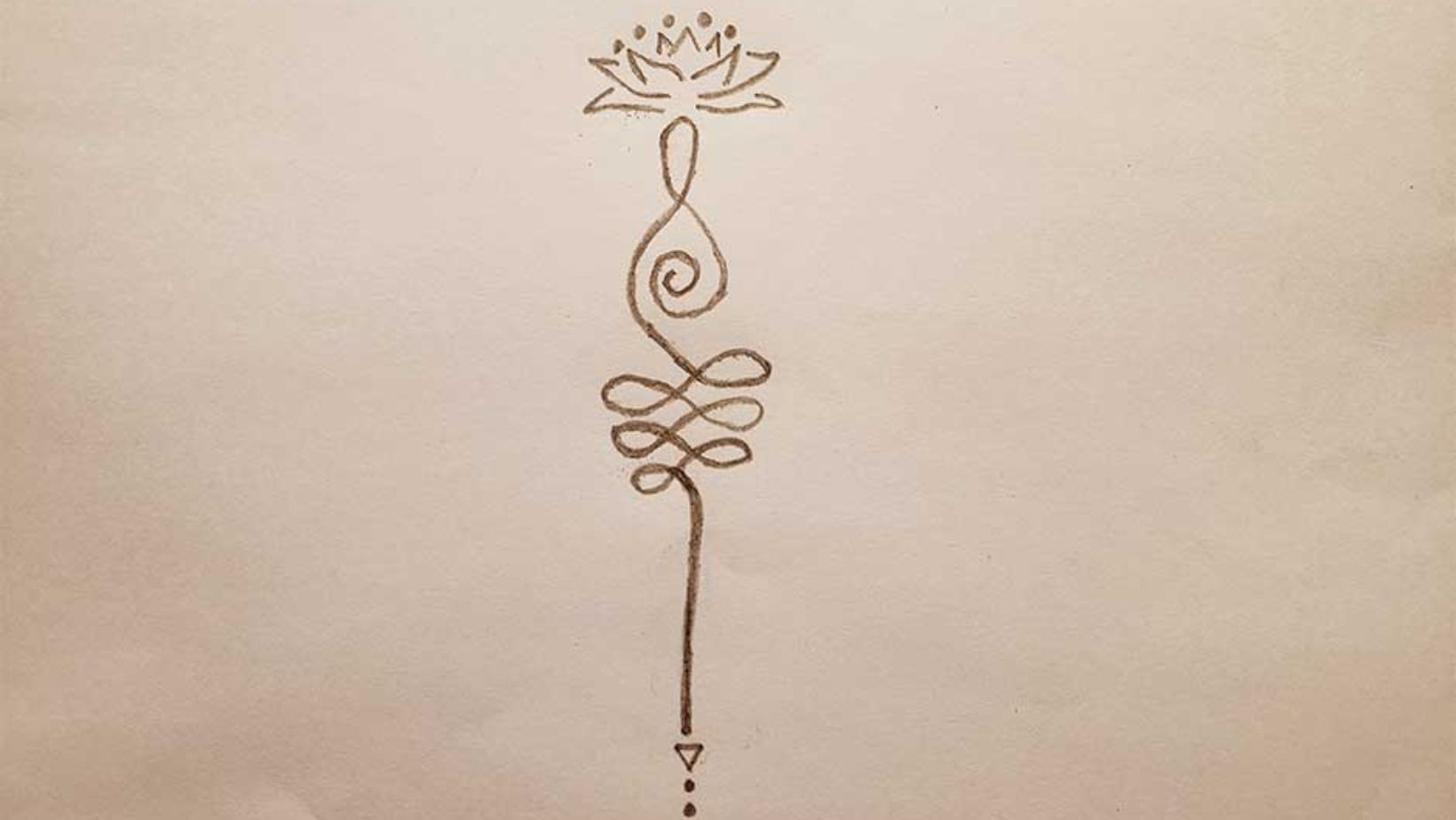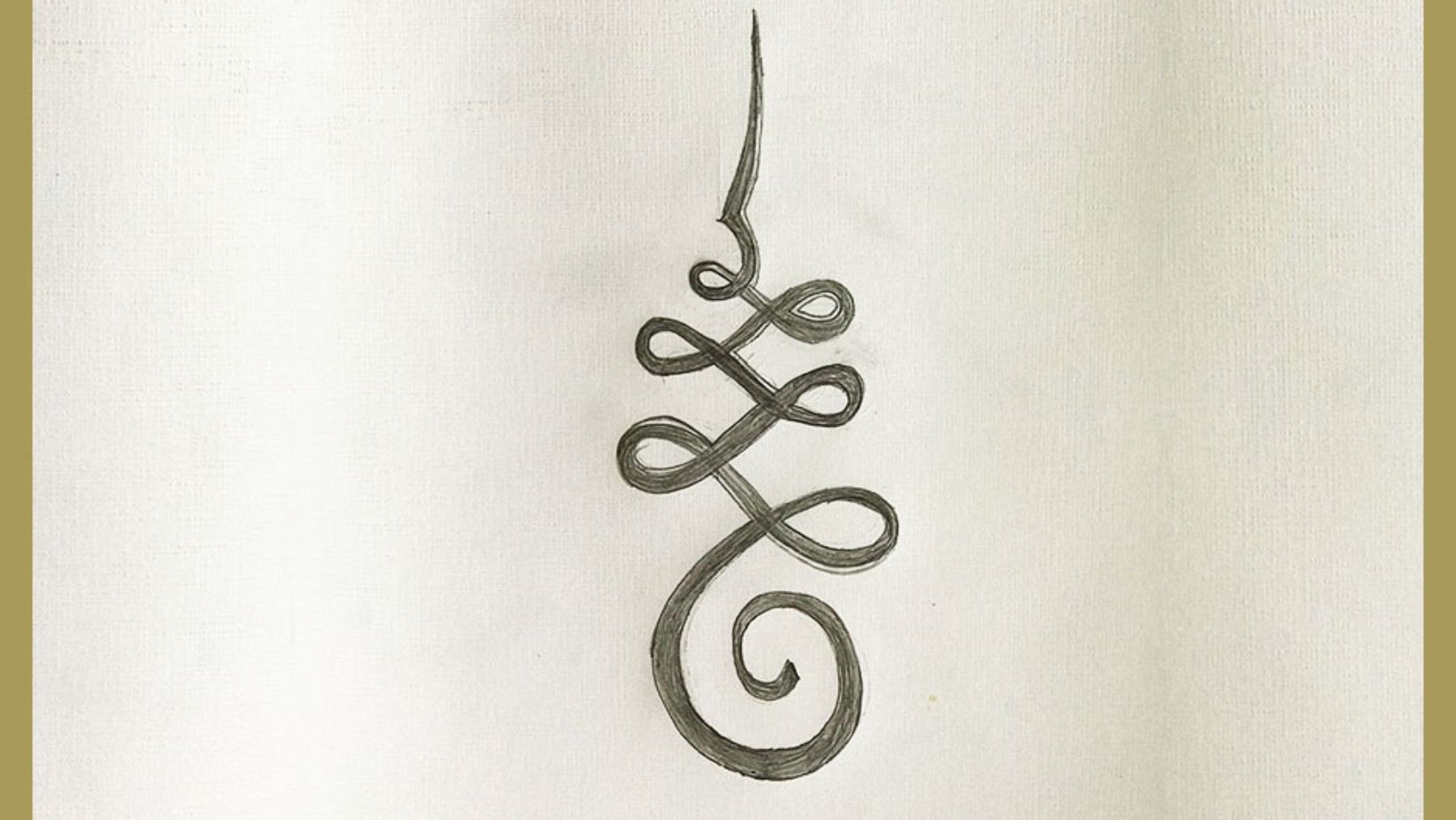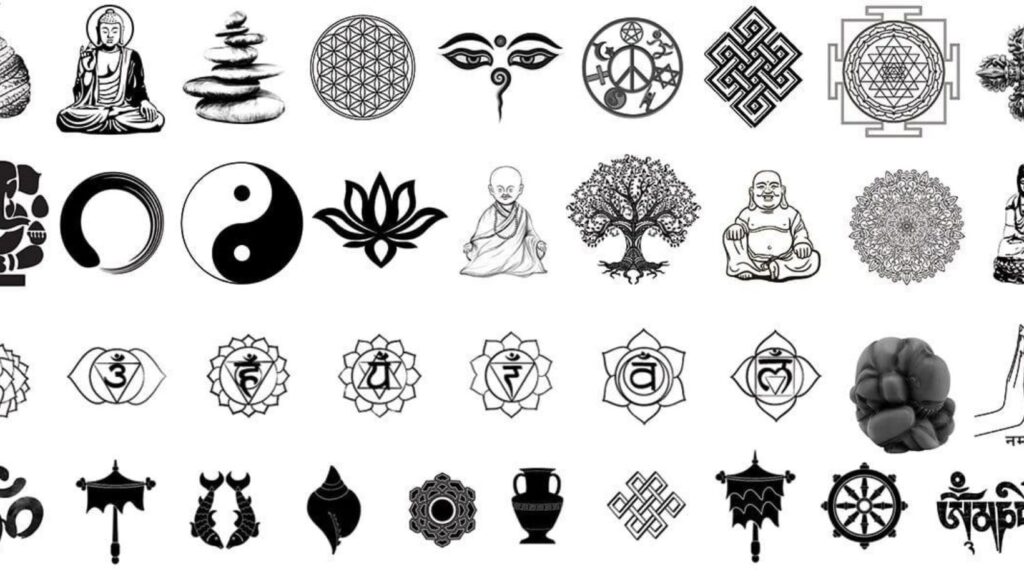Symbol:ghaft41du_i= Enlightenment

In a world brimming with complex ideas and emotions, symbols serve as a universal language that transcends cultural and linguisticbarriers. From the ancient hieroglyphs of Egypt to modern-day emojis, symbols have been pivotal in conveying meaning and fostering understanding. Symbol enlightenment, the process of uncovering the deeper meanings behind these icons, offers a fascinating glimpse into human cognition and communication.
As individuals delve into the realm of symbols, they often discover layers of significance that resonate on both personal and collective levels. This exploration not only enhances their appreciation for art and literature but also enriches their ability to connect with others. By embracing symbol enlightenment, one can unlock a new dimension of awareness and insight, transforming the way they perceive the world around them.
In essence, symbol enlightenment invites individuals to embark on a journey of discovery, where each symbol becomes a key to unlocking the mysteries of human experience and expression.
Understanding Symbol Enlightenment
Symbol enlightenment involves grasping deeper meanings embedded within symbols. It’s key in enhancing appreciation of various forms of expression.
Definition and Origin
Symbol enlightenment refers to recognizing and interpreting the profound significance of symbols, often reflecting complex ideas or emotions. Originating in ancient civilizations, such as Mesopotamia and Egypt, symbols served as foundational communication tools, enabling the representation of intricate concepts and beliefs. Symbol enlightenment arises from the practice of deciphering these icons, enriching understanding by connecting historical context with contemporary insights.
Importance in Modern Culture

In modern culture, symbols play a crucial role in communication and identity formation. They appear in brand logos, religious emblems,and national flags. Understanding symbol enlightenment fosters a deeper appreciation of cultural expressions and promotes cross-cultural empathy.
It encourages individuals to perceive objects beyond their superficial image, thus gaining insight into societal values and ideologies that shape collective consciousness. Through this lens, symbols become powerful mediums in shaping interactions and defining identities across global communities.
Historical Context
Studying historical contexts uncovers how symbols influenced societies over time. Examining ancient and medieval periods reveals significant insight into symbol enlightenment.
Ancient Civilizations
Ancient civilizations like Mesopotamia and Egypt placed tremendous value on symbols. Cuneiform in Mesopotamia served as one of the first written forms, combining pictographic and abstract symbols to record transactions and historical events. Hieroglyphs in Egypt went beyond letters, capturing ideas and religious beliefs crucial to pharaonic culture. In ancient China, symbols like the Yin-Yang represented duality in nature and life. Across these cultures, symbols reflected societal values and the transmission of knowledge.
Medieval Interpretations
During the medieval era, symbol usage evolved to depict religious and philosophical ideas. Christian iconography employed symbols like the cross and the fish to convey theological tenets and provide spiritual guidance. In alchemy, symbols like the philosopher’s stone illustrated the quest for transformation and enlightenment. Heraldry, representing familial and territorial identities, used symbols to communicate lineage and status. These symbols shaped medieval understanding, demonstrating their capacity to encapsulate complex ideologies.
Symbol Enlightenment in Art and Literature

Symbol enlightenment unveils hidden meanings in artistic and literary works, enriching comprehension and appreciation. This process involves a deep exploration of symbols that reveal societal, emotional, and philosophical layers.
Symbolism in art has transformed over centuries, reflecting cultural shifts and ideologies. The Symbolist movement of the late 19th century used symbols to convey the metaphysical and mystical aspects of life. Artists like Gustave Moreau and Odilon Redon used dreamlike imagery to communicate existential themes. This movement emphasized using symbols as gateways to the human psyche, influencing subsequent art forms like surrealism.
In contrast, modern art movements, such as abstract expressionism and cubism, redefined symbols through form and color rather than figurative representation. Artists like Kandinsky and Picasso explored new symbol systems, translating complex emotional states and theoretical concepts into visual language. This evolution demonstrates the adaptive nature of symbols in art.
Literature has a long history of employing symbols to enhance narrative depth. In classical literature, Shakespeare’s works utilize symbols—like the recurring motif of blood in “Macbeth”—to intensify themes of guilt and ambition. These symbols offer insights into characters’ inner worlds, reflecting universal human experiences.


